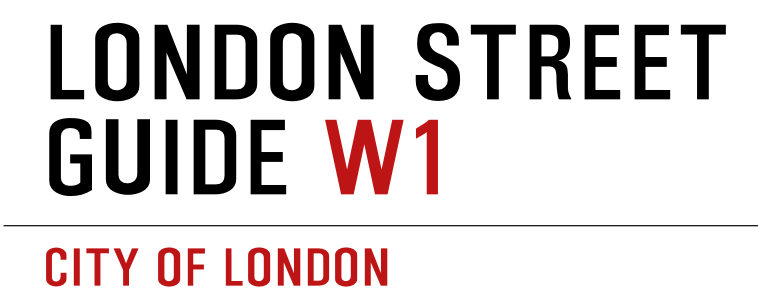Place Name
Takes its name from Byegrove House and Byegrove Cottage, both shown in historical maps. The former was a “substantial residence with a large garden owned by Emmanuel College, Cambridge”. But the properties’ names themselves come from an older source. E N Mongaue in his extensive history of Mitcham says that they were taken from a nearby “watermeadow known as Byegrove Mead”. He writes: “Until the Dissolution it was owned by Merton Priory, but possession then reverted to the Crown, and in 1544 the land was sold to Robert Wilford, a Merchant Taylor, by Henry VIII. In 1587 Richard Martin, who three years previously had bought land from Wilford’s son-in-law Henry Whitney, sold to Emmanuel College the 10 1/2 acres of meadow, described as a portion of the ‘Amerye Lands’, ‘lying on the common mede called Byegrave.” He adds: “Two houses of note, now gone, took their names from Byegrove Mead. The first, on the south-western side of Byegrove Road from which it was separated by the Graveney, was Byegrove Cottage. In the late 18th century, having crossed ‘a bridge over a small rill’ – the Graveney – Edwards described Byegrove Road as ‘a road which leads up to a genteel brick-house, which stands about 60 yards distance. It belongs to Mr. Smith.’ He did not give the house a name… The 1867 OS map, however, marks the property as Byegrove Cottage, and by the middle of the 19th century it was not only accompanied by various outbuildings but also had a pleasant garden edged with gravel walks and containing a greenhouse and small ornamental pond. To the north-west was an orchard, extending to the confluence of the Graveney and the Wandle. To the south, separating the house from the backs of cottages fronting the High Road, was an enclosure called Walnut Field.” The house itself was demolished sometime in the Edwardian period.
![]()
